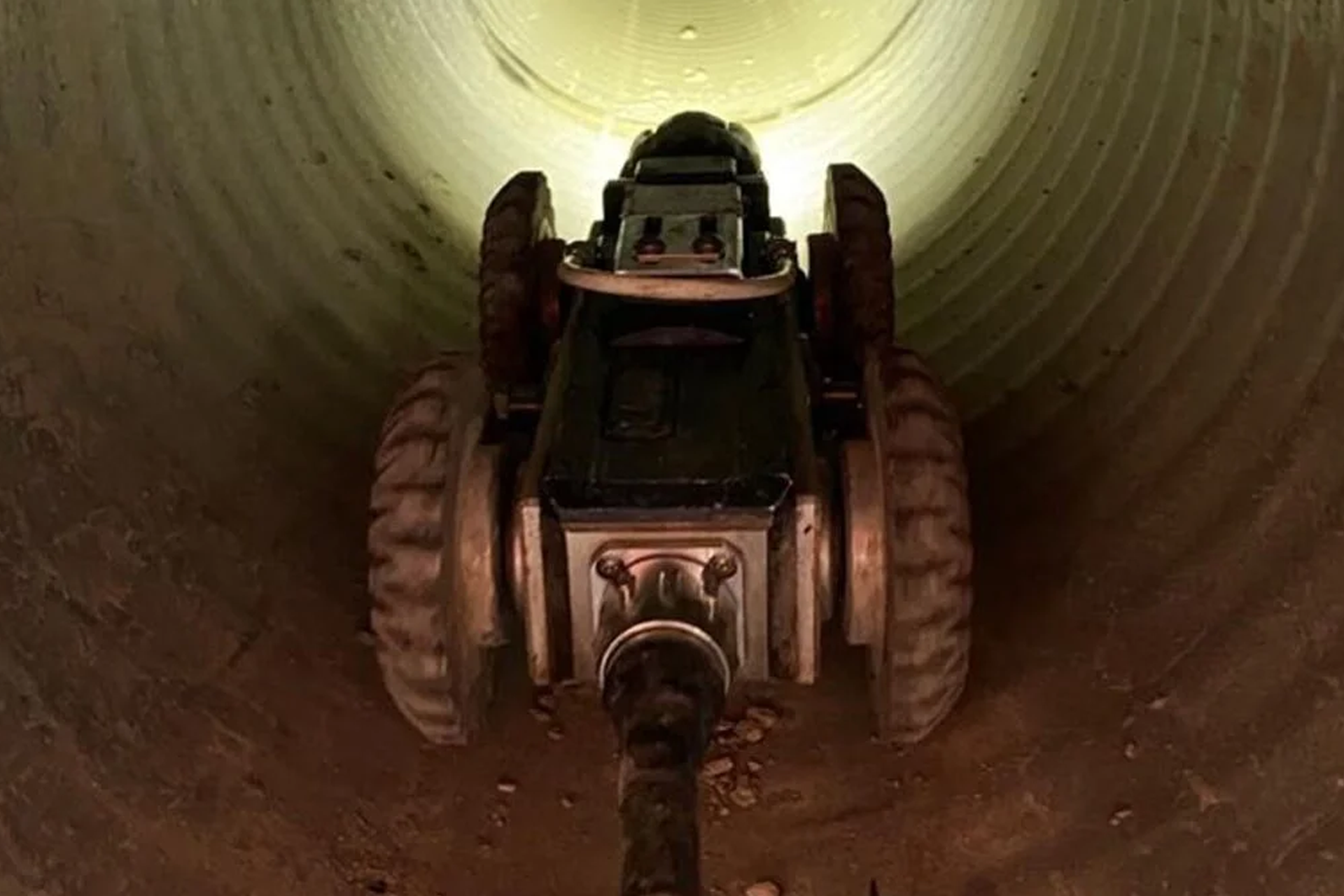The Only Guide for Reclaim Waste
The Only Guide for Reclaim Waste
Blog Article
Examine This Report on Reclaim Waste
Table of ContentsAll About Reclaim WasteThe Ultimate Guide To Reclaim WasteA Biased View of Reclaim WasteThe Buzz on Reclaim WasteThe Single Strategy To Use For Reclaim Waste
Domestic sewer waste refers to the waste and products from a domestic septic container. The proper monitoring and disposal of domestic sewer waste require fluid waste to be moved to a sewage treatment plant where the proper approaches and tools are used to cleanse and dispose of waste.
Industrial waste commonly includes potential risks, such as flammable materials or a combination of fluid and solid waste products, and needs an extra advanced and in-depth disposal procedure. The disposal of industrial waste commonly involves the filtering of waste before transportation to ensure risk-free and appropriate disposal. Hazardous waste is developed from byproducts and runoff of industrial processes and production.
This type of waste can not make use of the very same sewage management transportation or processes as septic or industrial liquids. The hazardous waste administration process needs the assessment and screening of fluid waste prior to it undertakes the disposal procedure (liquid waste removal melbourne). Runoff waste is the liquid waste that comes from runoff and excess stormwater in highly booming areas or cities
Drainage waste can trigger contamination and flooding if not managed appropriately. Making sure correct waste management can avoid calamities and decrease environmental harm.
The Definitive Guide for Reclaim Waste
Contact PROS Providers today to discover our waste administration and disposal solutions and the proper means to care for the fluid waste you generate.
(https://www.tumblr.com/reclaimwaste1/766851148823068673/at-reclaim-waste-were-a-national-solutions?source=share)Do you know what takes place to your water when you disengage, flush the commode or drain the cleaning maker? No? Well, it's worth recognizing. This so-called 'wastewater' is not just a crucial resource yet, after treatment, will certainly be released to our land, rivers or the sea. Utilized water from toilets, showers, baths, cooking area sinks, laundries and commercial procedures is called wastewater.

water utilized to cool down equipment or clean plant and tools). Stormwater, a type of wastewater, is overflow that moves from agricultural and metropolitan locations such as roof coverings, parks, yards, roads, courses and rain gutters right into stormwater drains, after rainfall. Stormwater flows neglected directly to local creeks or rivers, eventually getting to the sea.
About Reclaim Waste
In Queensland, a lot of wastewater is treated at sewer therapy plants. Wastewater is carried from domestic or commercial sites through a system of sewage systems and pump stations, known as sewerage reticulation, to a sewage treatment plant.
The Department of Natural Resources suggests neighborhood governments about handling, operating and keeping sewerage systems and therapy plants. In unsewered locations, city governments might need homeowners to install individual or family sewage therapy systems to treat domestic wastewater from commodes, kitchens, shower rooms and laundries. The Division of Natural Resources authorises the usage of home systems when they are shown to be effective.
Most stormwater gets no therapy. In some new neighborhoods, therapy of some stormwater to get rid of trash, sand and crushed rock has begun making use of gross pollutant catches. Wastewater therapy occurs in four phases: Gets rid of strong matter. Larger solids, such as plastics and other objects mistakenly discharged to sewers, are eliminated when wastewater is gone through displays.
Wastewater then moves into huge tanks where solids clear up and are removed as sludge. Grease and residue are skimmed from the surface. Utilizes tiny living microorganisms called micro-organisms to break down and eliminate continuing to be dissolved wastes and great fragments. Micro-organisms and wastes are incorporated in the sludge. Gets rid of nitrogen and phosphorus nutrients that can cause algal flowers in our rivers and threaten water life.
Rumored Buzz on Reclaim Waste
Nutrient elimination is not readily available in all sewer therapy plants because it requires expensive specialised equipment. It is ending up being extra common in Queensland. Clear liquid effluent generated after therapy might still contain disease-causing micro-organisms. If this effluent is launched right into rivers such as rivers or the sea, the micro-organisms will ultimately pass away out.

This normally indicates wastewater has actually to be dealt with or pollutants eliminated prior to it can be discharged to waterways. Many wastewater moves into the sewage system. Under the Act, regional governments carry out authorizations and licences for environmentally pertinent activities (Ages) involving wastewater launches that may have a local effect. The department provides authorizations and permits to Periods including wastewater releases that may have a regional or statewide influence.
Fascination About Reclaim Waste
Surveillance gives valid details concerning water top quality and can validate that permit problems are being satisfied. The info acquired with tracking supplies the basis for making water high quality decisions.
Report this page